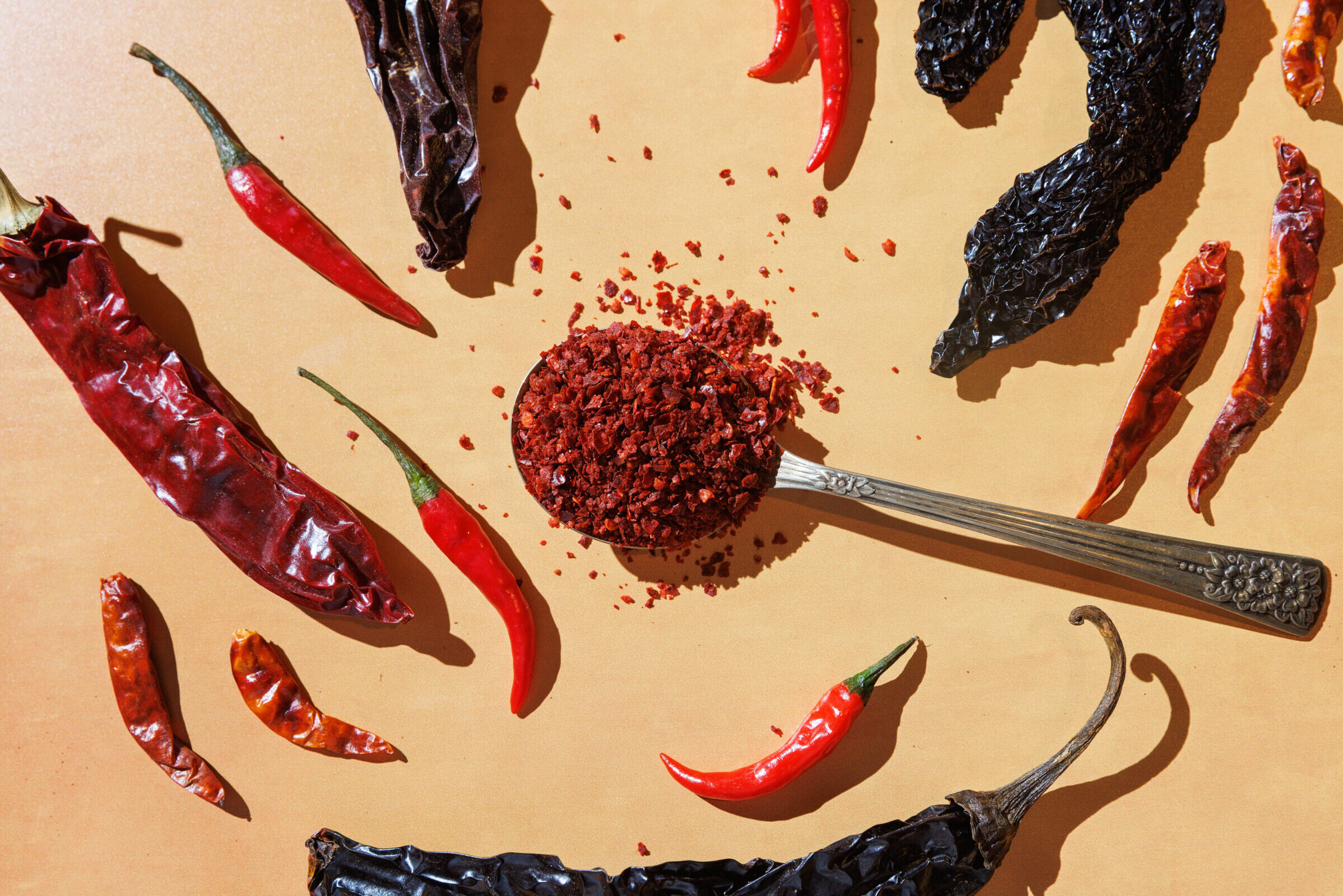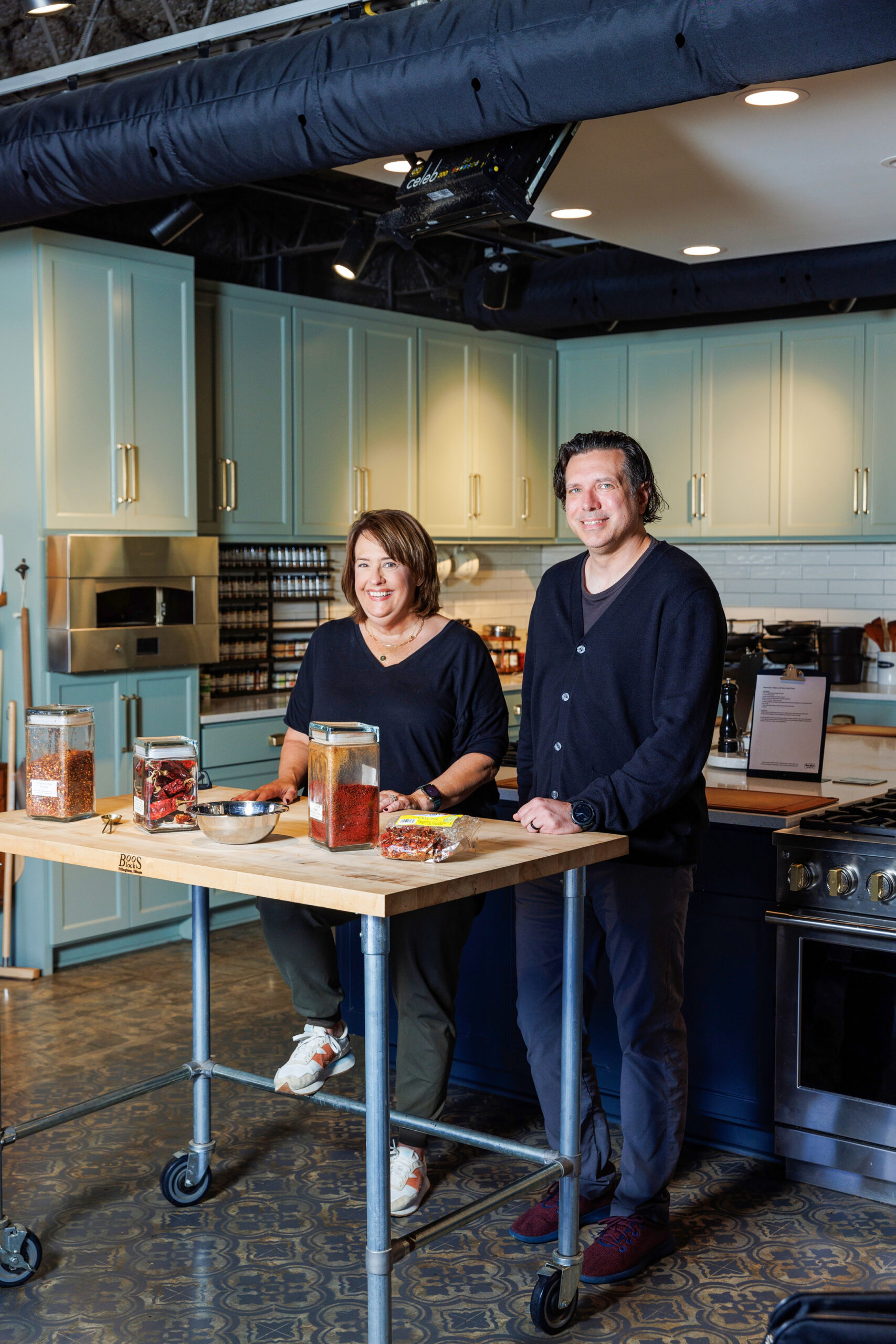
Fiery dried chiles can turn mealtime up a notch. A local class teaches how to cook them
Cooking fresh peppers is easy.
Dice and toss them into a saute pan. Add a few slices to a pizza. Grill them whole. Bottle them with vinegar to make pepper sauce. Stuff them with cream cheese and christen them poppers.
But find them in dried form and it may give you pause. Leathery looking and often packaged without instructions or heat level, dried chiles can be a head-scratcher to the uninitiated.
|
|
Chile enthusiast Jim Boitnott says to fear not. Once you understand the basics of dried chiles, he portends, a vast culinary world unfolds.
Since 2021, Boitnott has taught regular cooking classes on chiles at Red Stick Spice Co., including the recurring Taco Tuesday and Chile & Salsa Masterclass sessions.
“Chiles are one of my biggest passions,” says Boitnott, a technology consultant who relocated to Baton Rouge from Greensboro, North Carolina, 10 years ago. “I love Southwestern foods and the foods of the Americas, and I study them religiously.”

Red Stick Spice Co. owner Anne Milneck says Boitnott was teaching a course on paella shortly after the store’s teaching kitchen opened in 2020 when she asked him what other topics he could share. His chile enthusiasm led to the creation of additional classes, which attract both hot pepper fanatics and those who crave something tamer.
The latter describes Milneck, she confesses. Not Boitnott. He digs the fire.
But that’s not to say the class is about heat exclusively. Weaving practical instruction on how to make everything from salsas to main courses with fun facts about the 50-million-year history of chiles in the Western Hemisphere, Boitnott shows home cooks how to deploy the wide spectrum of fresh and dried chiles found in supermarkets and specialty stores like Red Stick Spice Co. No surprise, the Mid City retailer has increased its chile inventory as a result of Boitnott’s classes, complete with snappy instructions on how to use them, Milneck says.
As for dried chiles, there are dozens and dozens to discover, Boitnott says, including the medium-hot, earthy pasilla, the mild-to-medium guajillo, and the small and fiery chile de arbol, his personal favorite.
“Balancing the chiles is the key to making great sauces,” Boitnott says. “It just requires playing around with different varieties to see what you like.”
Pepper points
Jim Boitnott’s tips for how to use dried chiles
Remove seeds
When working with any dried chile, start by slicing it open and extracting the seeds. Wear gloves or wash your hands thoroughly if working with a hot variety.
Toast
Toast the chile slightly by holding it over a stove-top flame or by placing it quickly in a hot cast iron skillet. This releases its rich, smoky flavors.
Reconstitute
Next comes the most important part, reconstituting the chile so that it becomes pliable. Submerge it in very hot tap water to soften, then pop it into a blender or food processor to make a paste.
Incorporate
Now in paste form, the chile is a base ingredient that will impart smoky, fruity or spicy punch—depending on the variety—to sauces, salsas and other dishes.
This article was originally published in the April 2024 issue of 225 magazine.
|
|
|
